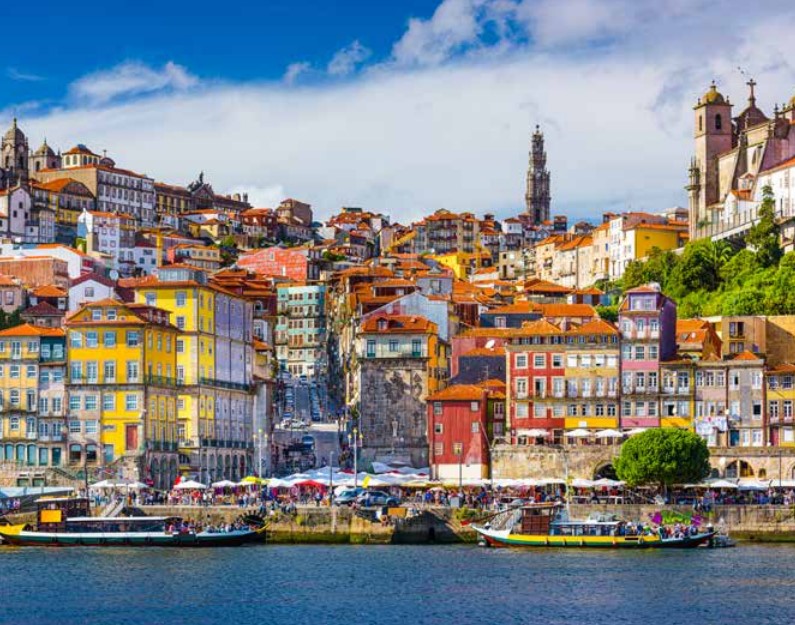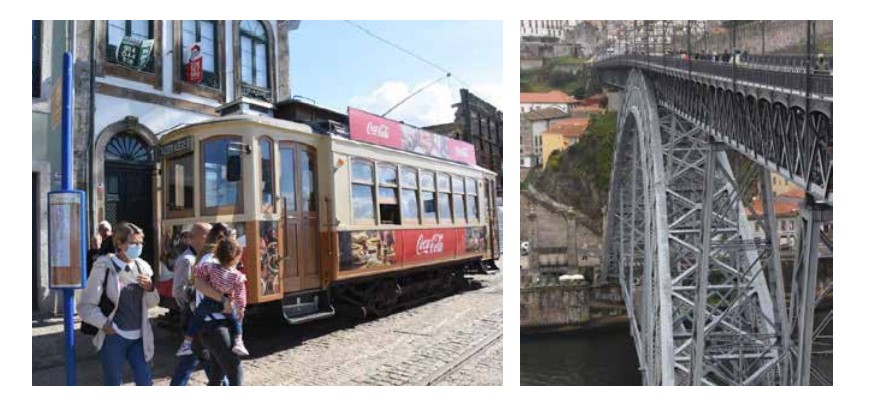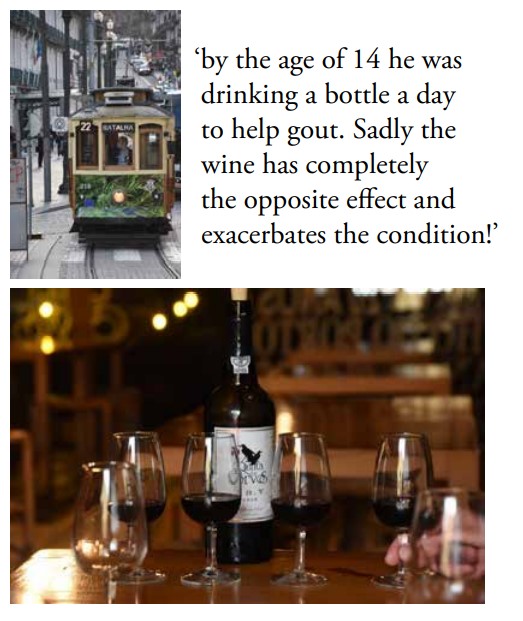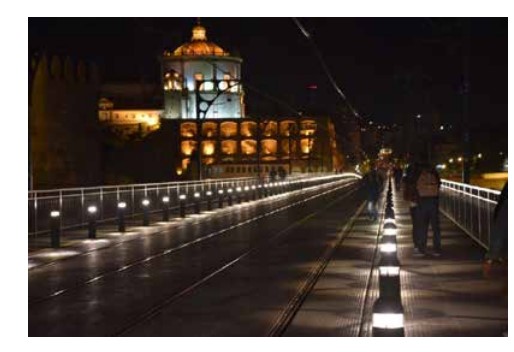
There are some cities that combine a wonderful blend of tastes and sights; Porto is one such place, easily accessible directly and explored in a long weekend. It is the second largest city in Portugal, sitting on both sides of the Duoro River. Baroque churches, medieval ramparts, large and small squares surrounded by houses painted in pastel colours are complimented with old port lodges along the bank of the river.
The history of Porto is one of outwardlooking commercial growth, centred on the products of the Duoro River; primarily wines. Establish by the Celts, it was taken over by Roman occupation and named Port Cale and grew under their rule to be a commercial centre. It was the Romans who planted vines along the river. As the Roman Empire in the West fell, the Visigoth King Theodoric II became the ruler, only to be superceded by Moorish Muslim invaders who took large parts of Spain.
In the 11th century Alfonso III pushed the Moors out of Portugal. Growth continued and in 1147 English crusaders helped Alfonso push out the Muslims from Lisbon, beginning a long tradition of close military and diplomatic ties which culminated in the Treaty of Windsor, 1386, cemented through the marriage of Henry III’s niece to John I of Portugal. This represents England’s oldest ally on the continent. One of their children was Henry the Navigator, who led numerous expeditions and commercial voyages to Western Africa and beyond. These ventures were so important that the local population became known as “tripeiros”, literally “tripe eaters”, as the prime cuts went to the sailors.
After being part of the Habsburg Empire the golden era of Oporto dawned in the middle of the 18th century; the export of wines to England grew, feeding great fortunes and commencing some of the grand families that still exist in the city; Baroque and classical houses adorned the streets. A brief Napoleonic occupation was followed by a succession of liberal and revolutionary regimes. No visit to Oporto is complete without some detail about the wines for which the region is famous.
Port wine derived originally from vines planted by the Romans, and by the 12th century wine was an important export. Port wine often overshadows the other wines produced in the Duoro Valley, many of which are first class and worth exploring. By the 17th century the characteristic port wine emerged and with the earlier Treaty of Windsor commercial links exploded. Salted cod and wool were exchanged for wine and many English merchants established themselves in the city. Port wine is fortified (originally to help it on its long sea journeys to England) not with traditional brandy as is often thought but with aguardente, a neutral grape spirit. It comes in many varieties, strengths and from dry to semi-dry and white types. The spirit stops fermentation and adds sweetness and a stronger alcoholic content; 19-20%.


In England port was associated with healing properties and William Pitt the Younger, Prime Minister, was given port from a young age; by the age of 14 he was drinking a bottle a day to help gout. Sadly the wine has completely the opposite effect and exacerbates the condition!
All the great Port houses are still there along the river, their signs adorning old warehouses, with old port barges docked alongside; now most of them are part of huge multi-national conglomerates, but there are still a few privately owned ones which are well worth a visit (see next para for my favourite). All the tasting companies and the tasting rooms are situated on the southern bank of the river in the Vila Nova de Gaia, connected to the main city by the famous Ponte Luis I Bridge built and designed by Eiffel of Paris. You can pop in to the Port houses but it is advisable to book tours ahead during summer.
Wherever you are staying in Oporto you will be faced with steep climbs up and down the slopes to the river on each side. There are numerous restaurants within the city on each side of the river, plus a number of rooftop bars giving views both along and across the river, which you can cross on a small ferry or across the “Eiffel” bridge. Within the city the highlights (depending on what you enjoy) are a stroll along the Cais da Ribeira (riverfront) visiting the small museum to Henry the Navigator (Casa do Infanta), with lunch in the Rua da Fonte Taurina, the oldest street in Oporto. Cross the river by ferry and decide which of the many Port wine houses to visit for a tasting (or go on the cable car on the other side of the bridge); I liked the Three Magpies as it is small, independent family owned – the challenge is not to buy any Port to ship home! Having said that, my order arrived perfectly safely despite the complexities of Brexit…
The baroque churches are all worth a wander through, modern art at the Serralves, set in parkland, and don’t forget the oldest café, the Majestic. If you like architecture there are examples from 13th century, the Baroque is everywhere, to Art Deco and Nouveau. The main station is decorated in mosaics as is the stunning Capela das Almas Church, which sits at the beginning of the main shopping street that runs down to the top of the hill, then descends rapidly to the river front. Octopus is a fairly common dish as are cuttlefish and sardines – try the cod balls or Bolinhos de Bacalhau; if tripe is your thing it is also good here. The Natas are exquisite here – try
Manteigaria or Fabrica da Nata.
For a change of scene – and well worth the ride – hop on a vintage tram and run down the river to Foz do Douro. Walk along the promenade to almost the end and the port for sandy beaches, seaside bars and a medieval castle, finishing with fresh fish grilled on the BBQ. This street is at the far end of the town and is literally full of fresh fish restaurants – you choose your fish and they cook it for you on the spot. Then return on the tram or take a taxi back into town.
How long do go for? I would suggest a long weekend with at least three full days to explore and take in the taste of Oporto.





